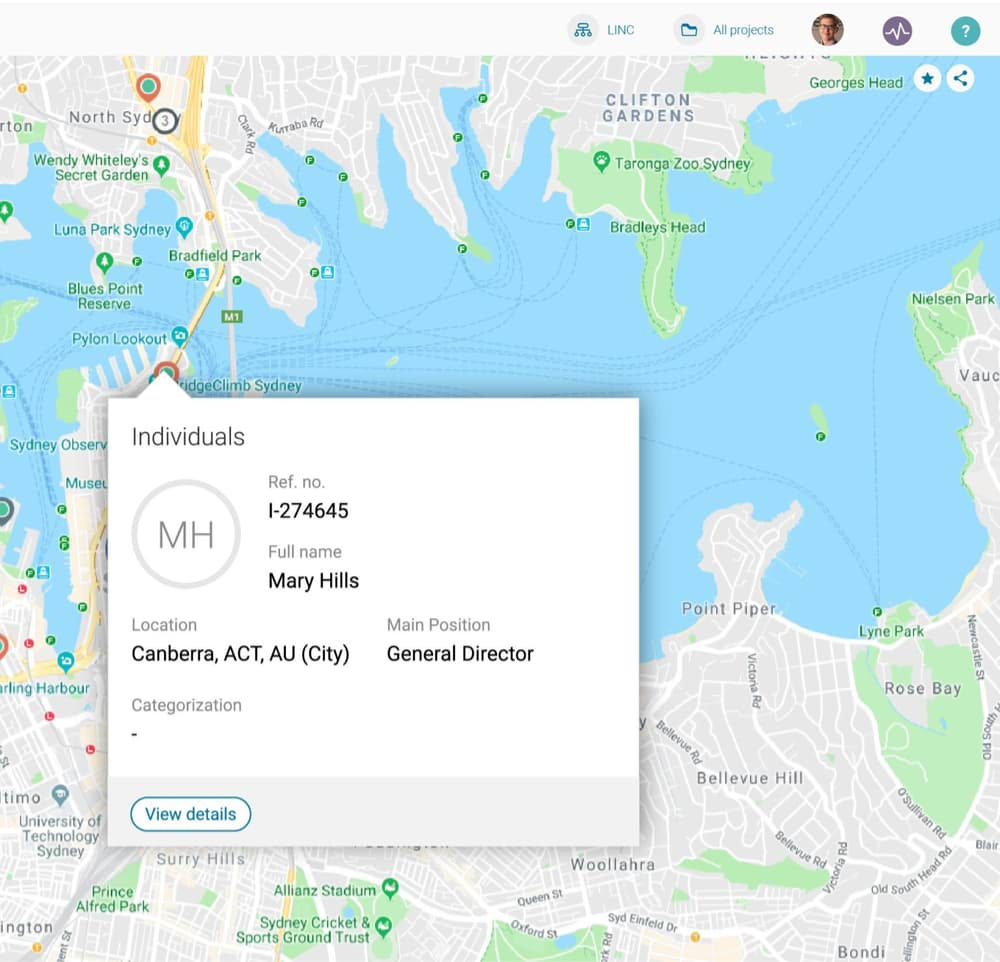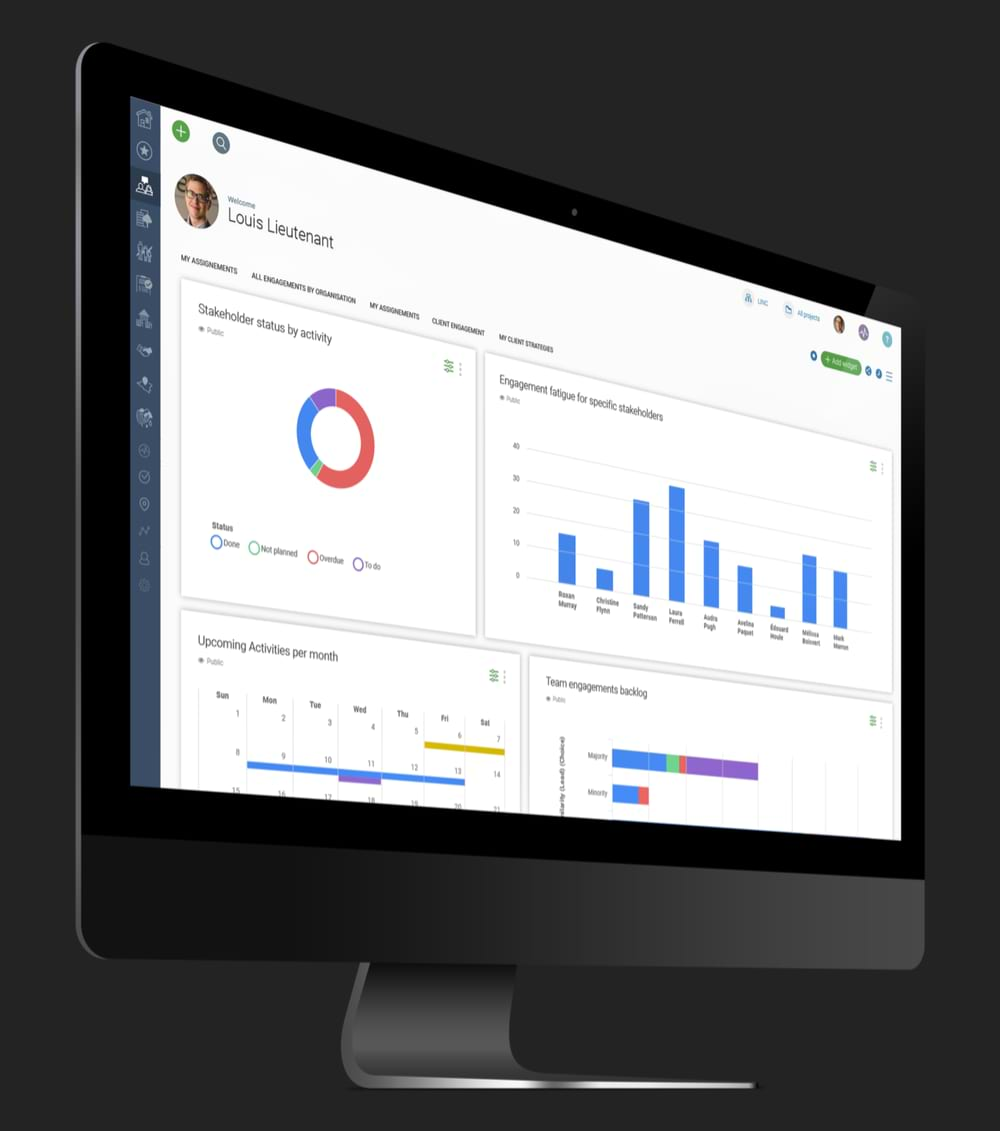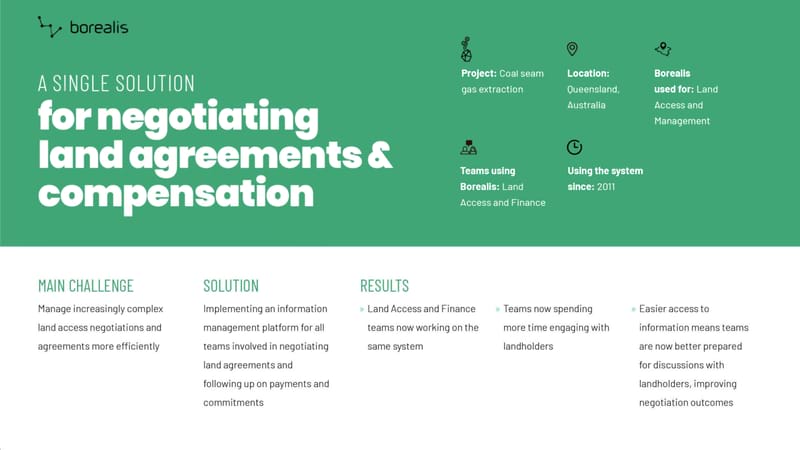A SOLUTION for negotiating land agreements & compensation
Project: Coal seam gas extraction
Location: Queensland, Australia
Borealis used for: Land Access and Management
Teams using Borealis: Land Access and Finance
Using the system since: 2011
Main challenge
Manage increasingly complex land access negotiations and agreements more efficiently
Solution
Implementing an information management platform for all teams involved in negotiating land agreements and following up on payments and commitments
Results
- Land Access and Finance teams now working on the same system
- Teams now spending more time engaging with landholders
- Easier access to information means teams are now better prepared for discussions with landholders, improving negotiation outcomes
Day-to-day time savings
The teams are also benefiting from the smart features in Borealis to work more efficiently:
- Easier access to information means teams are now better prepared for discussions with stakeholders.
- Members on the Land Access team can use the Borealis mobile app to consult and enter information directly in the field, such as landholder engagements and discussions – no need to wait to be back in the office.
- Some users take advantage of the app’s
voice-to-text function to enter information into Borealis at the end of the day. - The Outlook Add-In feature allows team members to add emails with stakeholders directly to their record in Borealis – no need to double-handle emails. If the email pertains to a new stakeholder, users can create a new record right from the email – a huge time saver.
- The analytics tool lets the teams know how well they are doing with record-keeping; it also makes it easier for them to evaluate their progress.
- The teams also enter grievances in Borealis; being able to see the prevalence of grievances makes it easier for them to intervene early and act accordingly.
- The teams can contact Borealis for any questions they have about using the system.
How the team Uses Borealis to manage land access
The teams currently uses the Land Access and Management module in Borealis to:
- Document conduct and compensation agreements (CCAs) with landowners with line items representing all payments (annual recurring, one-off, based on consumption like taking gravel/water out of the landowners’ property, etc.).
- Document financial compensation agreements other than CCAs.
- Review upcoming payments to confirm if all line items still apply:
- A few months ahead of the scheduled payment date, Borealis creates “upcoming payment records.” The team then:
- confirms if the wells are still there, still active, if water/gravel was taken, etc.
- adds other payment items manually at at this point if required
- approves/locks the payment record for approval by finance
- A few months ahead of the scheduled payment date, Borealis creates “upcoming payment records.” The team then:
- Finance makes the payments, with evidence tracked back against the payment records.
- At this stage, it’s also possible to track if the payment was made on time.
- Reports can be generated to view past payments and break them down by location, type, etc., as well as upcoming payments/forecasted cash flow, etc.

Developing new ways to manage company assets
With the help of the Borealis team, the company is finding new ways of using the Land Access and Management module. Among other things, it is managing stakeholder engagement and issues by company assets, which is creating additional opportunities for improving processes and outcomes.
Borealis is offering other opportunities for improvement. For example, the company could:
- Use company assets as a starting point if the team anticipates an upcoming event related to operations that may impact landholders, such as flaring at the gas processing facilities (GPFs).
- Use the “buffer zone” feature to identify people living around these GPFs for a given radius (5 km, 10 km, etc.).
- Manually add other stakeholders to this list of potentially affected landholders, such as those who may not be directly affected, but whom the team believes should be informed.
- Add this complete list of stakeholders to an engagement plan activity to determine which team member needs to interact with which stakeholder and by what date.
- Use the Smart Communications feature to send email notifications in bulk to impacted landowners and/or the SMS feature to send text messages, based on the stakeholder’s preferred method of communication (which can be recorded in the stakeholder’s file for future reference).
- As the team carries out this communication strategy, it can use the system’s dashboards to monitor progress and outcomes.

Request a personalized demo



